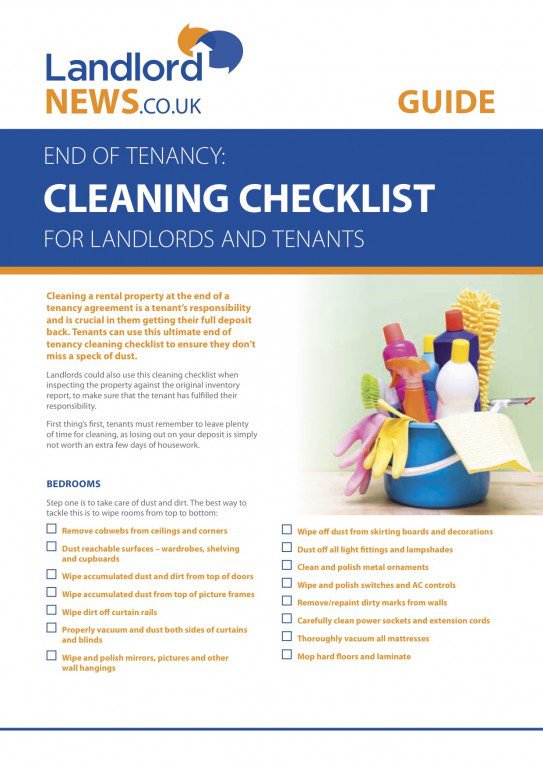60 high-rise buildings in 25 local authorities have failed fire safety tests conducted in the wake of the Grenfell Tower blaze earlier this month, the Government has reported.
This figure amounts to a 100% failure rate, according to the Department for Communities and Local Government (DCLG).
The number has risen from 34 tower blocks in 17 local authorities, with hundreds more still yet to be tested.
The results of the safety tests arrive as Theresa May is due to chair a meeting of the Grenfell Tower recovery taskforce later, which includes the Chancellor, Philip Hammond, Home Secretary, Amber Rudd, and the Mayor of London, Sadiq Khan.
Downing Street sources say that the Prime Minister is likely to hear how many of the country’s high-rise buildings are swathed in potentially flammable materials.
At least 79 people are believed to have died in the Grenfell Tower blaze in North Kensington.

60 High-Rise Buildings Fail Safety Tests Following Grenfell Tower Blaze
The building’s cladding is widely blamed for how quickly the fire spread up its 24 storeys.
The new Housing Minister, Alok Sharma, refused to reveal whether the cladding used on the block was illegal.
He did, however, say: “The rules in terms of this particular type of cladding are clear. Aluminium composite material, which has a core of polyethylene, should not be put on buildings which are 18 metres high. That is absolutely clear.
“But obviously as a result of this terrible tragedy, we are going to have to learn the lessons. If that means changes to regulations as a result of what comes out of the inquiry and the work that the police and the fire service are doing – then we will make those.”
He insisted: “This shouldn’t have happened in the first place in our country, in the 21st century, and we need to make sure this never ever happens again.”
The manufacturer of the insulation used to clad Grenfell Tower has said it will stop using the product on high-rise buildings.
Officials are now carrying out inspections of tower blocks across the country.
14 areas where buildings have failed the test have been identified, with 11 yet to be named.
Five buildings failed the tests in Sunderland, four in Manchester, three in Plymouth, three in Stockton-on-Tees, two in Portsmouth, and one each in Doncaster and Norwich.
In London, five buildings have been deemed unsafe in Camden, three in Barnet, two in Wandsworth, and one each in Islington, Lambeth, Brent and Hounslow.
In a statement, the DCLG said: “All landlords and fire and rescue services for these local authorities have been alerted to the results, and we are in touch with all of them to support and monitor follow-up action.”
On Friday, authorities ordered the evacuation of four tower blocks in the Chalcots Estate in north London out of safety concerns – a move backed by Sadiq Khan.
But some 200 residents from 120 homes are still refusing to leave, according to the Leader of Camden Council, Georgia Gould. Tensions are running high, with some residents saying they were intimidated by security guards.
Sharma responded: “I understand people living in tower blocks around the country will be extremely concerned, and that is why we have been clear that we have put in place a regime of getting cladding that may not be compliant tested as quickly as possible.
“As soon as we identify a piece of cladding on a building that is non-compliant, the local authority is informed immediately, the fire authority is informed, and the fire service then goes in and sees whether there can be mitigation measures put in place so that people don’t have to leave the building whilst the cladding is taken down.
“In the case of Camden, what happened was, apart from the cladding, there were other fire safety checks which failed, and that is why people had to be evacuated.”







